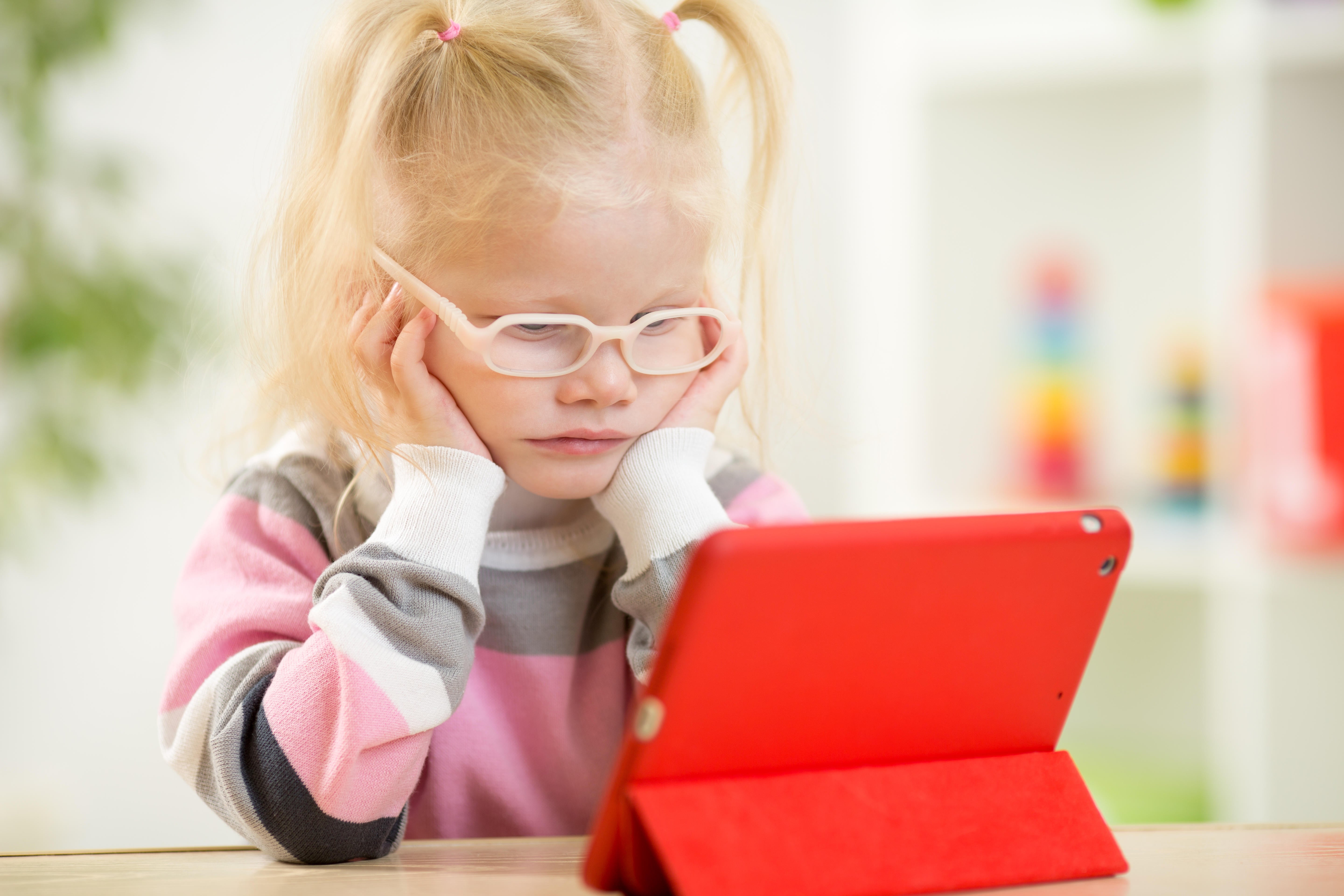Increase in short-sightedness in children linked to the Covid pandemic – here’s what you can do about it
Researchers say myopia is a growing problem worldwide.

Your support helps us to tell the story
From reproductive rights to climate change to Big Tech, The Independent is on the ground when the story is developing. Whether it's investigating the financials of Elon Musk's pro-Trump PAC or producing our latest documentary, 'The A Word', which shines a light on the American women fighting for reproductive rights, we know how important it is to parse out the facts from the messaging.
At such a critical moment in US history, we need reporters on the ground. Your donation allows us to keep sending journalists to speak to both sides of the story.
The Independent is trusted by Americans across the entire political spectrum. And unlike many other quality news outlets, we choose not to lock Americans out of our reporting and analysis with paywalls. We believe quality journalism should be available to everyone, paid for by those who can afford it.
Your support makes all the difference.Short-sightedness is the common term for the condition myopia – an eyesight issue that makes distance vision blurry.
If you’ve been diagnosed with myopia, it means you can see things up close quite clearly, but struggle to make out objects that are further away.
While it’s common in the UK – it’s estimated that one in three of us have myopia – experts warn that myopia is currently on the rise in young people. A study published in the British Journal Of Ophthalmology has linked increased screen time and less time spent outdoors during the pandemic, with a rise in cases.
The research, which studied incidence of myopia among children in Hong Kong aged six to eight, found that significant changes in children’s lifestyles during the Covid-19 pandemic had led to a higher percentage of diagnosis.
Optometrist and clinical director for the Association of Optometrists, Dr Peter Hampson says: “There is evidence to suggest that carrying out near tasks, involving looking at something close-up, such as prolonged reading, or prolonged use of mobile phones or tablets, may increase your children’s chances of developing myopia.
“But we also know that myopia is increasing throughout the world and other factors such as family history, ethnic background and environment also play a part.”
We asked him to share his best advice for keeping children’s eyes healthy…
Get outdoors
Kids spend a lot of time indoors at school and home, so where possible, try to plan more outdoor activities during their free time.
“Regular play and exercise can help prevent or reduce the development of myopia,” says Hampson, who notes that “studies show two hours of outdoor activity a day is ideal.”
You could get kids involved with gardening, plan a family sports day, or even just take a daily walk in the park.
Be cautious around how much screen time they’re getting
Hampson advises “setting limits” with gadgets and making sure they have plenty of other types of play and activities on offer. Most tablets and phones have family settings that allow you to cap how much time you and your kids spend on apps and websites.
A screen-free bedtime can also be helpful. “Make sure digital devices are turned off at least an hour before bedtime, as using screens close to nighttime has been shown to contribute to poorer sleep,” says Hampson.
Be organised
Short-sightedness can be frustrating for kids to deal with, especially at school when they need clear vision to see the whiteboard. Glasses or contact lenses are the most common method of correcting short-sightedness, so make sure you’re regularly getting your child’s eyes tested.
“Book your child in for a sight test every two years, from the age of three, or more often if your optometrist recommends it,” advises Hampson.